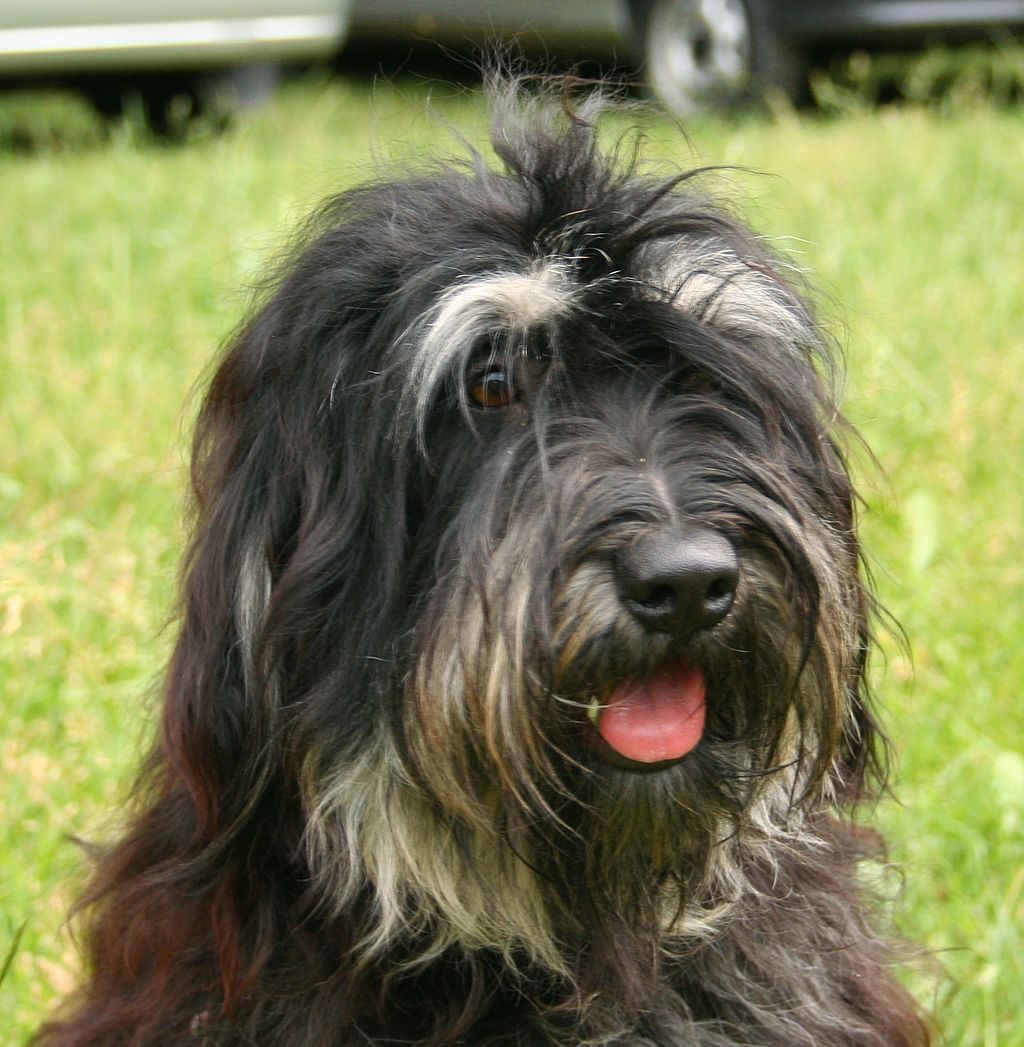

Photo of St. Sebastian’s Tower is shared under the Creative Commons Attribution-Share Alike 4.0 International license.
Jorge died in 1925 at the age of 76, but by then, he had been forced to sell the eclectic property. Despite being rich and well connected, Jorge had gone bankrupt, possibly because around the same time, the Portuguese Republican Revolution overthrew the monarchy and that brought economic uncertainty to a lot of of people, including members of prominent families. Changes in politics often bring changes in fortune to people whose businesses are impacted by politics. It’s an age old story.
Jorge’s last year in the house may have been in 1910, the year he sold it to Manuel Ignacio de Castro Guimarães, an attorney who married the daughter of bankers, and within a decade of his marriage, himself became the director of Banco Lisboa & Açores. In 1909, Guimarães scored one of the last titles bestowed by the Portuguese monarch, King Manuel II. Mauell was now the Conde de Castro Guimarães – or Count of Castro Guimarães. This title had been specifically created for him, and indicated his significant status in Portuguese society. The Count was known for his passion for music. Indeed, he was both an interpreter and composer of piano compositions. He was also keenly interested in preserving his Portuguese heritage. He bequeathed St Sebastian’s Tower to the town of Cascais in 1924, stipulating that it be used to establish a museum and public library complete with its extensive library of 2,800 books. Four years after the Count died in 1927, the “Count of Castro Guimarães Museum-Library” opened to the public.
There is one other contribution that many credit to the Count, and that is the development of the Cão da Serra de Aires, or Portuguese Sheepdog. As the story goes, the Count had imported Briards in the late 19th century to work his farm in Alentjo. He bred them with local droving dogs (the Catalan Sheepdog and Pyrenean Shepherd are mentioned) to develop a dog better able to cope with the scorching, dry summers and windy, freezing winters of Portugal’s southern plains. The end result was a quick, agile, all-purpose farm dog eminently suited for this challenging climate and local terrain. It’s believed that the Count named his new breed after his farm in Alentjo. By the early 1930s, the Cão da Serra de Aires was well known in its mountainous home and neighboring area of Alentezzo. The breed was maintained for many decades by working farmers who focused only on working traits, and as most dog people know, form usually follows function.
In 1932, the Portuguese Kennel Club recognized the breed using a standard written by Dr. Felipe Morgado Romiros and Dr. Antonio Cabral. Fortunately for the breed, Portugal had limited participation in World War I, and didn’t enter World War II at all. This meant that the Cão da Serra de Aires was spared the dramatic population decline of too many European herding breeds. Nevertheless, modern technology made the breed increasingly less useful, and its homeland of farms and ranches were transitioned to housing developments. The Cão da Serra de Aires became rare in the years following the war, and the late 1970s, many thought it was close to extinction.
Here, we mention another age-old story, and this is one we come across a lot in the history of purebred dogs: Were it not for dedicated breeders and owners who worked together to save the breed, the would have vanished. During the 1970s and 1980s, the breed was getting discovered by middle class Portuguese suburbanites who found its lovely temperament and high intelligence appealing. An added attraction was the ease of grooming the breed’s long, goat-textured hair absent an undercoat.

Cão da Serra de Aires/Portuguese Sheepdog by Lifanimals/Adobe
The FCI recognized the breed in 2008, and despite its rarity, the United Kennel Club granted full recognition to the breed in 2006 officially listing it as the Portuguese Sheepdog. Though each registry lists it differently, what both the FCI and UKC have in common is making mention in the breed standard the breed’s simian-like attitudes and appearance, which is why it is known in its native region as “monkey dog.” Jeanne Joy Hartnagle-Taylor, author of “Herding Dogs of the World,” also mentions this, citing the shaggy long beard, moustache, and eyebrows that don’t cover its eyes as similar to certain simian breeds.
What’s not to love?
Top image: Cão da Serra de Aires during a dog show in Racibórz, Poland by Pleple2000 shared under Creative Commons Attribution-Share Alike 3.0\
